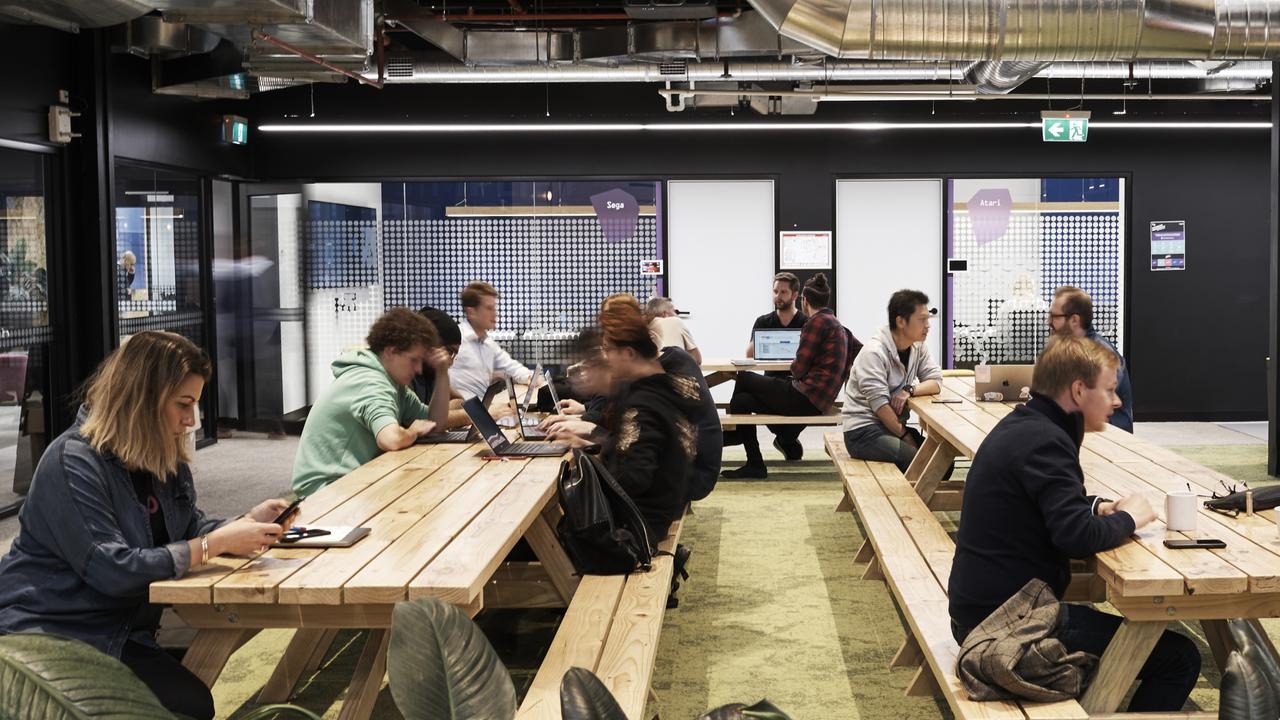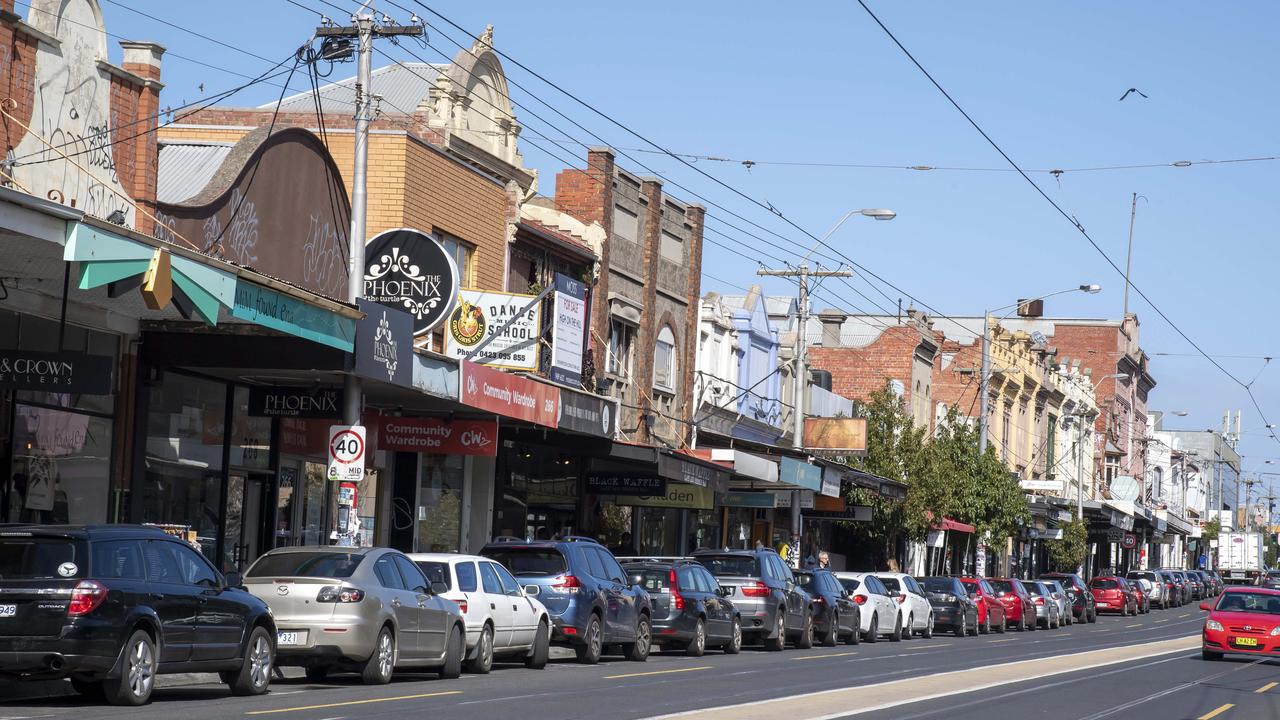Average weekday boarding on metropolitan trains set to double by 2031
AVERAGE weekday boardings on metropolitan trains are set to double from 750,000 to 1.5 million by 2031 as demand for reliable and convenient travel grows.
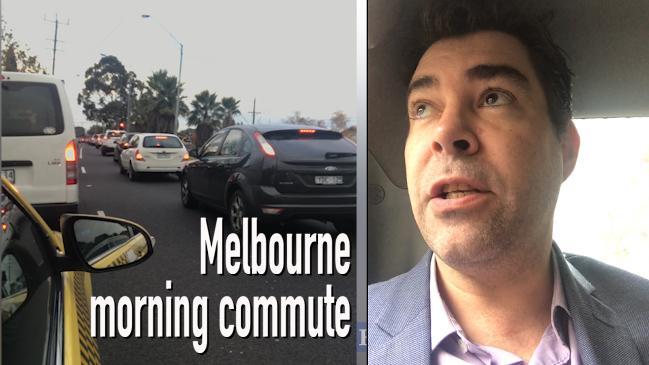
Future Victoria
Don't miss out on the headlines from Future Victoria. Followed categories will be added to My News.
- Radical plan for driverless trains
- Experts: pay up to ease traffic
- Commuter pain to worsen by 2030
- How long your drive will take in 2030
- Pay up to ease traffic: experts
- Radical plan for driverless trains
AVERAGE weekday boardings on metropolitan trains are set to double from 750,000 to 1.5 million by 2031 as demand for reliable and convenient travel grows.
With Melbourne’s population expected to almost double from 4.4 million to 7.8 million by 2050, the city is in danger of grinding to a halt.
Rail patronage has soared from 150 million trips in 2005 to 233.3 million trips a year now — a jump of more than 50 per cent.
While the City Loop has served the CBD well for more than 30 years, Melbourne Metro Rail Authority chief Evan Tattersall said the time had come for Melbourne’s rail network to expand to meet the ever-increasing demand for public transport.
BERNARD SALT: HUBS TO EASE MELBOURNE’S DAILY GRIND
Costing $11 billion, the Melbourne Metro Tunnel will add five new underground stations and 18km of new track into an existing network of about 370km.
“Melbourne is Australia’s fastest growing city, but we can’t run more trains to and from the outer suburbs because the City Loop is full,” Mr Tattersall said.
“By taking some of Melbourne’s busiest train lines through a new tunnel under the CBD, the project will free up space in the City Loop.
“The result will be more trains, more often, right across Melbourne, with a less crowded and more reliable train network.”
Across the rail network, the number of people travelling into the city in the morning peak (7-9am) is expected to have grown by 90 per cent by 2031 from 2011 figures.
The Metro Tunnel is expected to reduce crowding at the existing CBD stations, with daily use at Flinders St station expected to be 257,000 people once Melbourne Metro is built, compared to 345,000 without it.
Similarly, daily passenger numbers at Southern Cross are expected to be 342,000, rather than 428,000.
To cater for the large growth in patronage, Metro Tunnel underground station platforms will be extra-long — about 234m, or the length of two soccer pitches.
Sixty-five high-capacity trains will run through the tunnel, capable of carrying up to 1300 passengers each.
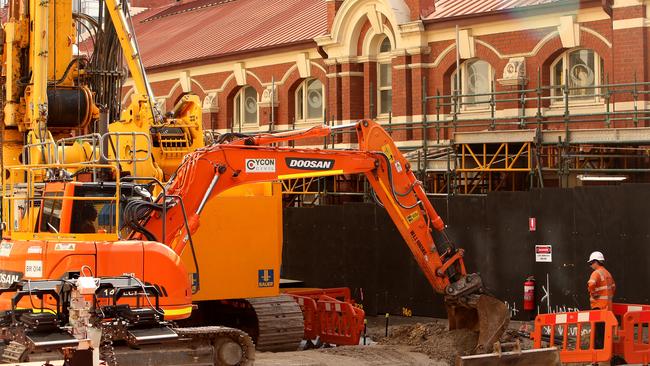
Passenger safety will be enhanced with international-style platform screen doors installed in the five new underground stations, meaning faster boarding and unboarding of passengers.
More than 40 per cent of Melbourne’s population growth in the next 15 years is expected to occur in greenfield residential developments in the north, west and southeastern growth corridors, significantly in Wyndham, Casey, Melton and Hume.
By freeing up capacity in the City Loop, Mr Tattersall said the Metro Tunnel would pave the way for future electrification, extension and construction of rail lines across Melbourne.
“Future projects such as a rail line to Melbourne airport and the electrification of rail lines to Melton will be one step closer because the Metro Tunnel will create more space to run trains across the city,” he said.
“For the first time, Victorians will have a train line to key destinations such as the St Kilda Rd employment precinct, the Shrine of Remembrance, the University of Melbourne and world- leading research and medical facilities at Parkville.”
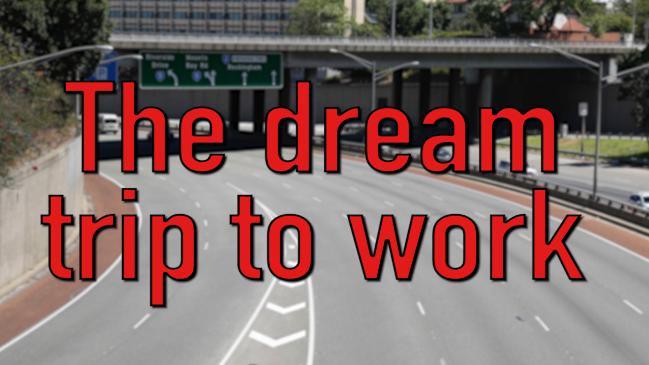
Lord Mayor Robert Doyle said world-class cities needed world-class public transport.
“The Metro Tunnel is the biggest public transport project in Victoria’s history. It’s an extraordinary undertaking,” Mr Doyle said.
“While it will bring disruption in the short term, the benefits for Melbourne will last for decades.”
When finished in 2026, the Metro Tunnel project will deliver twin 9km tunnels between Kensington and South Yarra and add five new underground stations to the city’s rail network — at Arden, Parkville, Domain and two new CBD stations under Swanston St.
A large station at Parkville is needed to leave room for a possible Metro 2 project that could connect a Mernda line to the Metro 1 project.
The two CBD stations will connect to the City Loop at Melbourne Central and Flinders St stations for easy interchanges.
It will ultimately connect the Sunbury and Cranbourne/Pakenham lines, linking growth suburbs in the southeast with Melbourne’s booming west.
ARDEN THE NEW DRIVER OF MELBOURNE GROWTH
Like the City Loop before it, the Metro Tunnel will strongly influence the way Melbourne grows.
Perhaps the most significant example of this will be the new Arden station, which will start the area’s transformation from an industrial precinct to a new suburb on the edge of the CBD.
To be completed in 2051, the 56ha Arden-Macaulay site has the potential to house up to 25,000 people
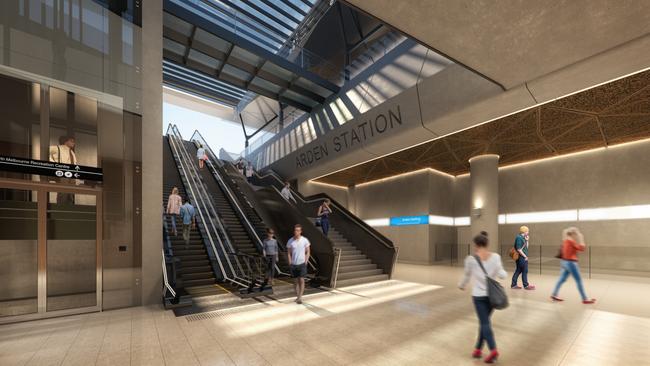
Melbourne Metro Rail Authority chief executive Evan Tattersall said Arden station, near Laurens St in North Melbourne, would trigger significant urban renewal of an underdeveloped area and facilitate the expansion of the city.
“The station provides the opportunity to connect growth areas in Melbourne’s west to the growing knowledge workforces and residential communities in the Arden-Macaulay precinct, as well as established areas including Parkville and the CBD and existing communities in North Melbourne and West Melbourne,” Mr Tattersall said.
“With the site able to accommodate 25,000 residents and more than 43,000 jobs, Arden station has the potential to stimulate more than $7 billion of development value.”
Lord Mayor Robert Doyle said the City of Melbourne wanted to see world-class urban renewal in Arden over the next three decades.
“With the right plan in place, this industrial area could be transformed into some of the most sought-after residential real estate in Melbourne,” Cr Doyle said
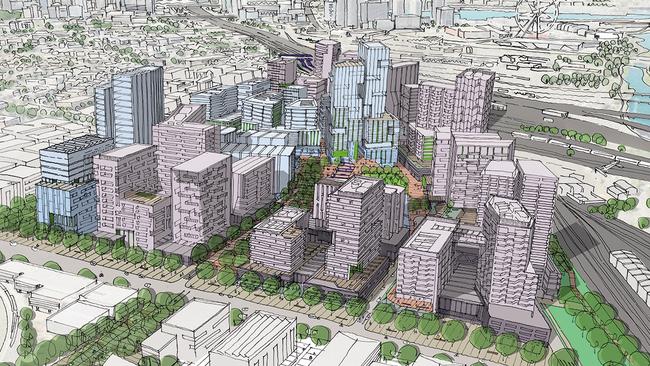
“By 2051, the Arden urban renewal area will be home to 15,000 residents and 34,000 workers.
“It will be directly connected to the train network by a new underground station as part of the Metro Tunnel.”
Parkville station is expected to provide access to about 45,000 jobs, 14,000 residents and 70,000 tertiary students within 800m of its location.
It will be used by nearly 60,000 passengers each day in 2031.
On the other side of the CBD, nearly 40,000 people are expected to use Domain station each day from 2031, making it busier than Flagstaff station today.
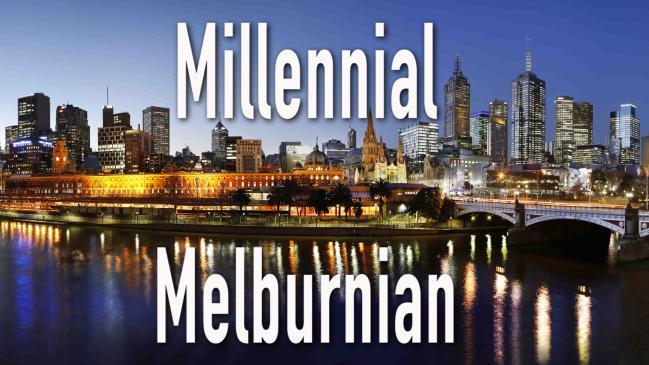
INLAND RAIL NOW A STEP CLOSER
An inland rail link between Melbourne and Brisbane will help to ease congestion on Victorian roads by taking thousands of trucks off traffic-clogged streets.
The ambitious project moved a step closer to reality after receiving an $8.4 billion funding boost in the federal Budget, nearly 100 years after it was first proposed.
The Commonwealth-owned Australian Rail Track Corporation is expected to start construction on the 1700km project within the next 12 months.
With Canada and the US opening up their interior to rail more than a century ago, the proposal has the potential to open up Australia’s eastern inland to major development.
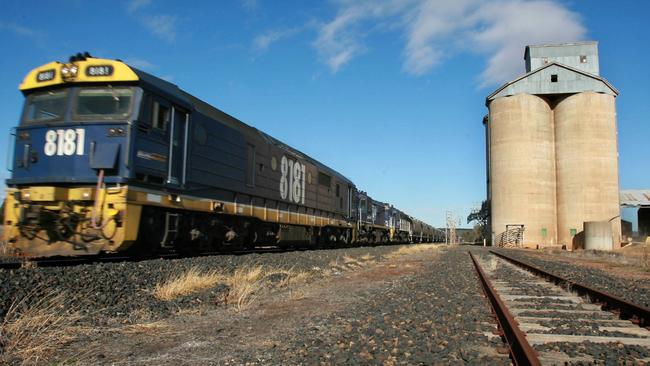
Federal Minister for Infrastructure and Transport Darren Chester said towns between Melbourne and Wodonga would benefit from the Inland Rail project.
“This rail link will save lives and reduce serious injuries by taking thousands of trucks off our roads every year,” he said.
“It will also reduce congestion in our cities by reducing the number of truck movements to ports.”
The Victorian section of the inland rail is planned to run along 304km of existing rail corridor from Tottenham in Melbourne’s west to the Victoria-NSW border at Albury-Wodonga. Towns along the route include Broadford, Seymour, Euroa, Benalla and Wangaratta.
Studies have shown a likely need for construction, removal or modification of structures and track at more than 60 sites. This will include track lowering at more than 20 locations to give the height needed under bridges for double-stack containers.
MORE FUTURE MELBOURNE

